Rising Steel Production
The continuous increase in steel production is a crucial driver for the Iron and Steel Slag Market. As economies expand and urbanization accelerates, the demand for steel remains robust, leading to higher output levels in steel manufacturing. Recent statistics indicate that global crude steel production reached approximately 1.9 billion tons, with projections suggesting further growth. This surge in production directly correlates with an increase in slag generation, as each ton of steel produced typically results in a significant amount of slag. Consequently, the Iron and Steel Slag Market is poised to benefit from this upward trend, as industries seek to utilize slag in various applications, including construction and road maintenance.
Environmental Regulations
Stringent environmental regulations are likely to bolster the Iron and Steel Slag Market. As nations strive to reduce carbon emissions and promote sustainable practices, the recycling and utilization of slag have gained prominence. Regulatory frameworks often encourage the use of by-products from steel manufacturing, such as slag, in various applications, including road construction and as a cement substitute. For instance, the use of slag in cement can reduce carbon emissions by up to 30%, making it an attractive option for environmentally conscious projects. This regulatory support not only enhances the market for iron and steel slag but also aligns with global sustainability goals, potentially leading to increased adoption in various sectors.
Infrastructure Development
The ongoing expansion of infrastructure projects worldwide appears to be a primary driver for the Iron and Steel Slag Market. Governments and private sectors are increasingly investing in roads, bridges, and buildings, which necessitate the use of steel. Consequently, the demand for steel production rises, leading to an increase in slag generation. In recent years, the construction sector has seen a compound annual growth rate of approximately 5%, which correlates with the rising need for iron and steel slag as a supplementary material in construction applications. This trend suggests that the Iron and Steel Slag Market will continue to benefit from infrastructure investments, as slag is utilized in cement production, road base materials, and other construction-related uses.
Growing Demand for Green Building Materials
The rising trend towards green building materials is influencing the Iron and Steel Slag Market positively. As construction practices evolve, there is a marked shift towards materials that minimize environmental impact. Iron and steel slag, recognized for its beneficial properties, is increasingly being used as a sustainable alternative in construction. The market for green building materials is projected to grow at a rate of 10% annually, driven by consumer preferences for eco-friendly options. This shift indicates a potential increase in the utilization of slag in various applications, such as insulation, flooring, and concrete production, thereby enhancing the overall demand within the Iron and Steel Slag Market.
Technological Innovations in Slag Processing
Technological advancements in slag processing are expected to significantly impact the Iron and Steel Slag Market. Innovations such as advanced grinding techniques and improved separation processes enhance the quality and usability of slag in various applications. These technologies not only increase the efficiency of slag recycling but also expand its potential uses in construction and manufacturing. For instance, the development of high-performance slag cement has opened new avenues for its application, potentially increasing market share. As these technologies continue to evolve, they may lead to a more robust and versatile Iron and Steel Slag Market, catering to diverse industrial needs.


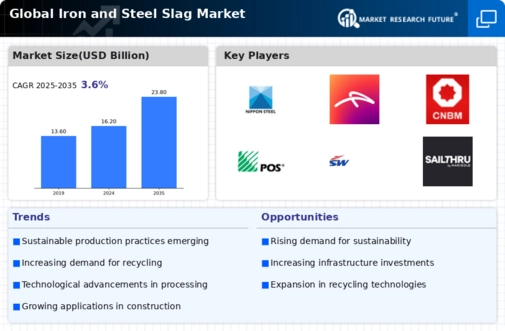
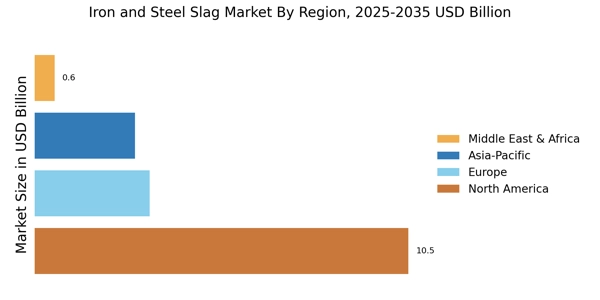

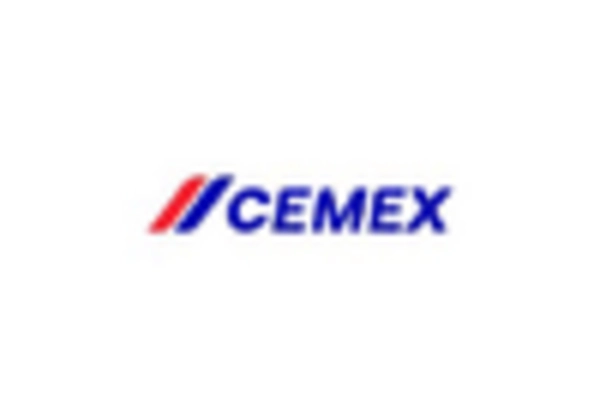

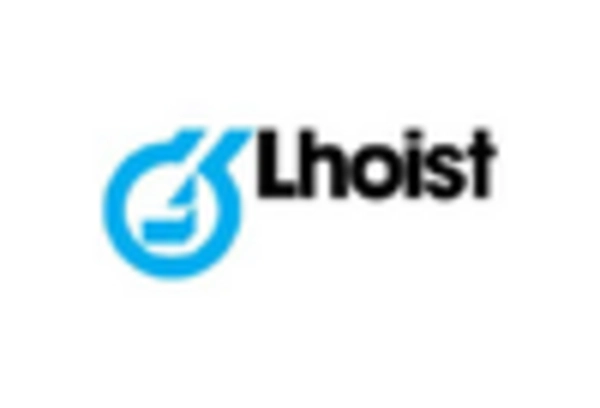
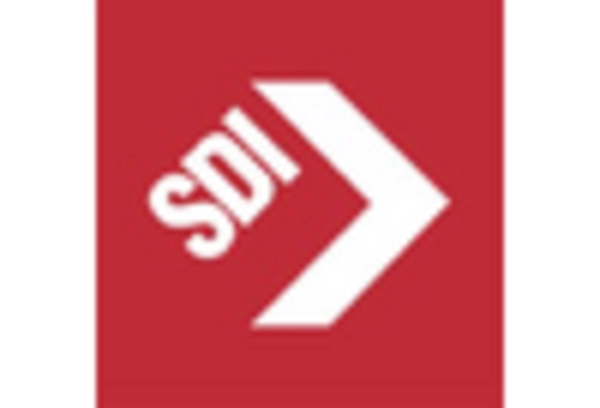









Leave a Comment